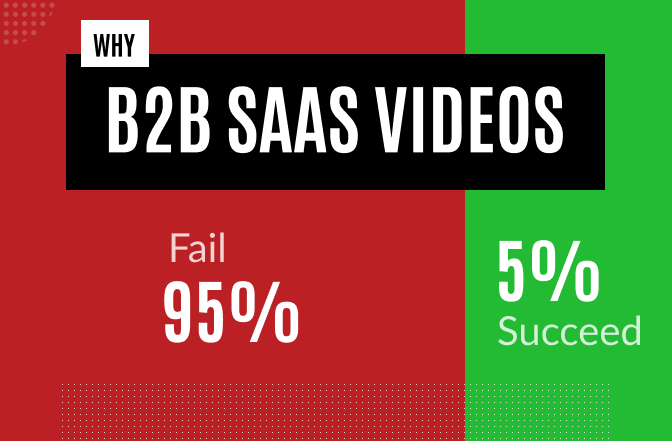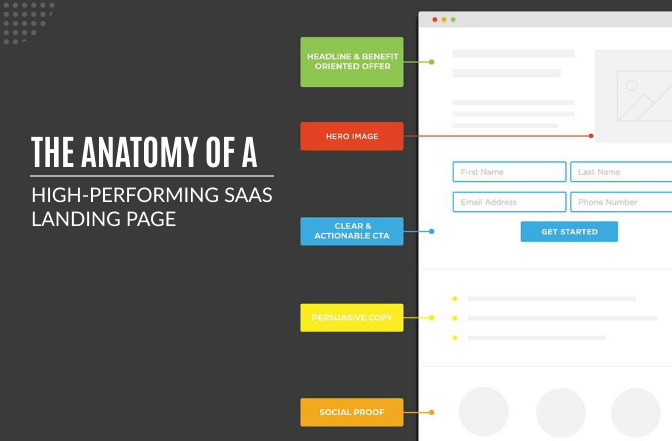Web design principles are foundational guidelines that ensure a website is both aesthetically pleasing and functionally effective. These principles include—
- Consistency: to ensure a coherent visual and navigational structure
- Balance: which involves the symmetrical or asymmetrical arrangement of elements to create visual harmony
- Emphasis: which highlights the most crucial information or features
- Contrast: which enhances readability and focus
- Scalability: which ensures the design is responsive and adaptable to various screen sizes.
It also focuses on ease of use, accessibility, and intuitive navigation, making the website user-friendly for a diverse audience.
These principles work in tandem to create a seamless and engaging user experience, crucial for retaining visitors and converting them into customers, especially in dynamic sectors like cybersecurity, B2B SaaS, and FinTech.
This is the story of Synchronized Security, a cybersecurity startup that redefined its digital footprint through innovative web design. This journey mirrors the aspirations and challenges of many fast-growing startups, seeking to make their mark in a competitive space.
The Power of Web Design in Customer Acquisition and Retention
Once upon a time, Synchronized Security, despite having groundbreaking cybersecurity solutions, struggled to attract and retain customers. The problem? An underwhelming website. They tried everything from blogging, SMM, to SEO. They were getting decent enough traffic. But, none of the visitors was willing to convert. Perplexed, the CEO, Alex reached out to Puredevs, a digital agency specializing in web design and development.
The company’s perspective changed when they realized the power of good website design, which is not just about aesthetics but is a strategic tool for customer acquisition and retention.
The transformation began with understanding the needs and behaviors of their target audience. The design incorporated intuitive navigation and interactive elements, making it easier for clients to understand their offerings. This led to a remarkable increase in user engagement and conversion rates, proving that a well-designed website is a silent salesman working round the clock.
The Essence of Web Design Theories in B2B Tech
Web design theories in B2B tech focus on creating efficient, user-centric interfaces that facilitate easy navigation and clear communication of complex technical information. Emphasis is placed on minimalistic design for clarity, responsive layouts for accessibility across devices, and intuitive user journeys to streamline the decision-making process.
This approach is vital in B2B tech, where website design plays a pivotal role in establishing credibility and fostering professional relationships.
The company’s next step was diving deeper into the fundamental theories of web design. They learned that effective B2B tech websites balance functionality with creativity. By applying the principles of minimalism, they removed clutter, making the website faster and more user-friendly.
The use of Fitts’s Law guided the placement of call-to-action buttons, ensuring they were large and positioned strategically for easy clicking. The implementation of Hick’s Law simplified decision-making for visitors by limiting choices, reducing bounce rates. This approach resulted in a customer-centric website, turning visitors into leads, and leads into loyal customers.
Optimal Content Management in B2B Tech: icing on the cake
In B2B tech, a good Content Management System (CMS) is vital as it streamlines content creation, management, and distribution, enabling businesses to efficiently maintain an up-to-date and engaging online presence. This is crucial for lead generation, customer engagement, and establishing thought leadership in competitive tech markets.
The final piece of the company’s digital puzzle was an efficient content management system (CMS). In the B2B tech world, content is king. A robust CMS empowered them to regularly update their website with fresh, relevant content, vital for SEO and keeping the audience engaged.
The CMS became the backbone of their digital marketing strategy, allowing seamless integration of blogs, case studies, and client testimonials. This not only enhanced their online authority but also showcased their expertise in cybersecurity, building trust and credibility among their target audience.
A Brand Reborn
In the end, the company emerged not just as a company with cutting-edge cybersecurity solutions but as a brand that resonates with its audience through a compelling digital presence and on-page SEO. Their journey is a testament to the power of combining good website design with an effective CMS, turning their website into a tool for success.










